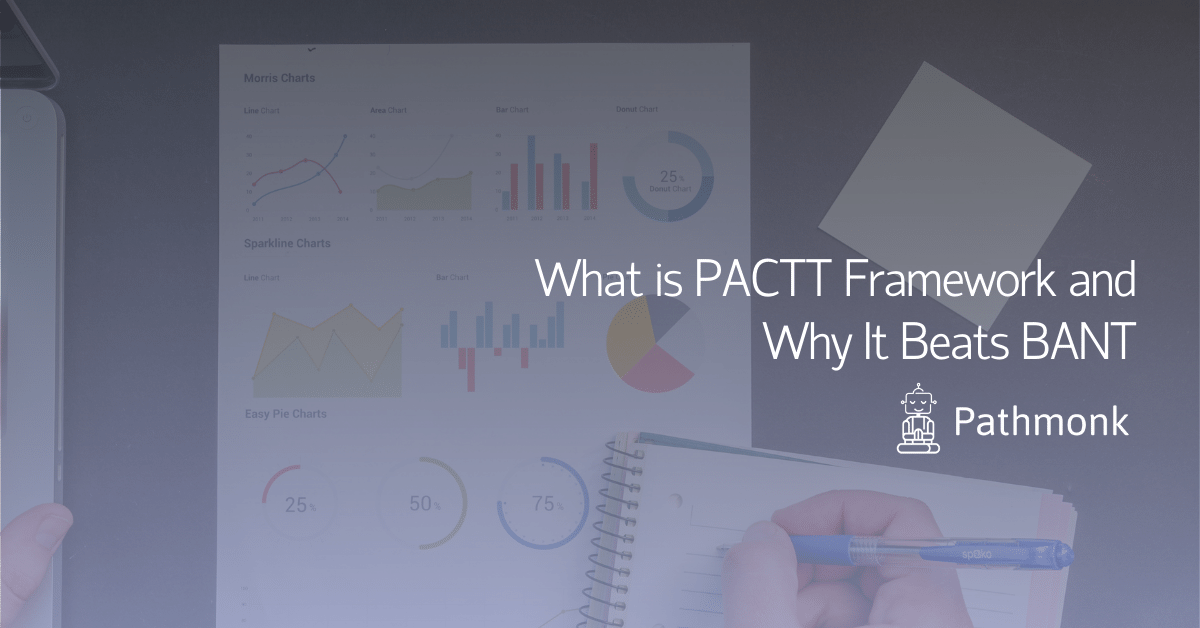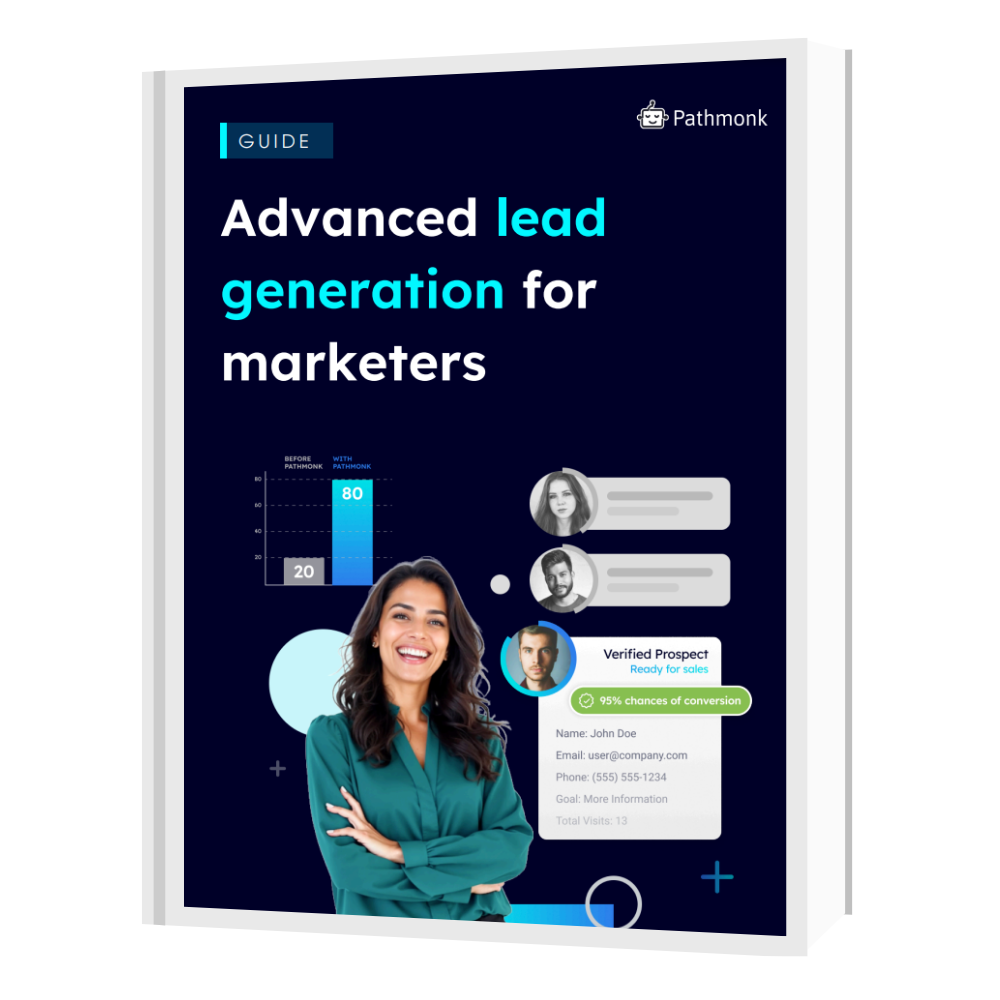
Sales strategies are everywhere and finding the right one for your company is essential to having a successful business. Two popular methods for sales are PACTT (sometimes called PACT) and BANT. Each is an acronym for an approach to getting clients or customers. While we believe that PACT is better, it is important to know a little about both before discussing which is best.
What is BANT?
BANT is an acronym that stands for budget, authority, need, and time. It breaks down how to qualify a lead based on these four criteria, which are considered the most crucial. Some basics about each mark on the BANT scale include:
- Budget: Does the company have the budget to buy your product or service? If they cannot find room in the budget, they are less likely to buy from you. That means there are
- Authority: Does the person you are working with have the authority to make the purchase?
- Need: Is there a legitimate need for your product or service?
- Time: Is this the right time for the lead to buy what you are offering?
This qualification process has helped many businesses to disqualify or qualify leads. But there is another qualification process that is getting more attention for its ability to better determine the quality of a lead.
Generate better leads to grow your sales
Discover new strategies to unlocking a flood of high-quality leads from your website.

What is PACTT?
The PACTT approach focuses on five areas: pain, authority, consequence, target profile, and timing. This frame seems very similar to the BANT method of qualifying leads, but it digs a little deeper. More time and research into a lead can help decide if the potential client is genuinely interested in using your product or service. To understand this approach, each area needs a closer look.
Pain.
The pain focus is a chance for the seller to look at what they are offering from a potential client’s perspective. The pain points that your product or service addresses should be relevant to the person or company you are trying to sell to, not just pains you assume are there. To understand the pains of your potential customers, the salesperson must do a deeper dive into what areas they struggle. Showing real empathy and understanding is important while also staying professional in these conversations.
Authority.
Authority to buy is something most salespeople are trained to look at to not waste time. There is no use talking to a person in a company about what you offer if they do not have the authority to buy it. Most businesses no longer have a single person responsible for buying or signing contracts. Instead, companies have a set up that has more than one responsible person.
The key to authority is finding someone who has the authority to sign a contract, buy, or help get your foot in the door to present it to the authorities with those powers. Identifying a path to the buyer or buying cohort early in the process will help make the strategy clearer. If there is no way to the authority, there is no point pursuing the lead.
Consequence.
In a sales pitch, there are many approaches that focus on what your product or service can provide for a company. This is an example of good consequences. Their life will be improved because of a process you simplify, a service they no longer must worry about doing, or you can save time and money for the company. These are all the typical pain points that are alleviated by using a product.
Another way to view consequences is what would happen if they did not use your product or service? Would their life be better? What if life stays the same and they are okay with current processes? If there is no significant difference to the company if they do not use what you are offering and they are happy, the chances of making a sell are smaller. Notice the signs and if they do not see the point in trying your company out, say thank you and move on. Finding the right customer is just as important as being the right buyer.
Target Profile.
Creating an ideal customer profile can help hone your marketing strategies to find the ideal client. There are different sites and profiles that can target specific age groups better than others. Running different campaign ads for those who have extracurricular hobbies that are more likely to use your product can be written. Using your marketing dollars efficiently starts with creating a target profile for your ideal customer.
There are many qualifying tools available on the market to figure out a target profile if you do not already know. Software on your website can help determine where leads are spending the most time, where their mouse hovers longest, and which pages are of most interest.
Other tools help know which terms or keywords were typed into a search engine box to find your site or what site they were on prior to yours. Gather your data and look for patterns of age, gender, etc. from your customers and use other tools to find it for leads who have not purchased yet.
The act of creating a target profile does not mean you alienate other potential leads. Instead, it helps you find those most likely to buy your product or service. Working off a profile can help rate leads more accurately on their potential to convert in the buying process.
Timing.
The final “T” in PACTT is timing. Many companies or potential customers have a current contract and it is important to find out their terms. For instance, if your company is selling pest control, it is a common thing companies have a contract to do. If they are locked into a contract that does not expire for another year, there is no point making your pitch to that lead.
The same is true for suppliers in a supply chain. There are many contracts that help companies do business and it is your job to know what their terms are before investing too much time or money. If there is a break clause, how much will they lose on that deal to switch to your company? Knowing these basic numbers can help your case if you will save them more money than they will lose.
For some industries, a product or service requires modification to fit a specific client’s needs. How much time will those modifications take? Is the potential customer willing to wait? Are the changes cost effective for your company to make?
Timing plays a big part in these negotiations and potential for making a final sale. It is important to do your research and know the numbers associated with the timing issues.
Why PACTT?
After reading through the PACTT process, you might still be wondering why it is a better way to qualify leads. There are four main differences that make PACTT a better qualification strategy than BANT:
- Identify red flags faster. PACTT focuses on qualifying the potential for the relationship. Every business deal is built on a relationship that benefits both the seller and the buyer.
- Focus on timing. A big key difference is that PACTT considers the timing of contracts and suppliers. BANT does consider timing, but it is not the same markers to qualify a lead. Knowing when to approach a client is a critical element of converting a potential lead to a client.
- Considering consequences. While BANT focuses on need, it is important to include considerations for consequences on both ends of the spectrum. PACTT addresses consequences that are beneficial for the client to use the product but also how negative consequences can be avoided. Both are an important element in a sales strategy that help qualify real leads and important relationships.
- A more thorough partnership. Selling is all about relationships and that is the main benefit that PACTT provides. By qualifying your leads through the PACTT criteria, you are taking a deep look at the potential for a strong business relationship. With the proper engagement and qualifying process, a beneficial partnership can be built on trust and a strong foundation that was created and nurtured through PACTT.
These four points are not unique to PACTT, but they are more deeply built through the PACTT framework. Making a sell or signing a contract is not the sole purpose of lead qualifying like it is with others. Instead, there is a focus on creating connections that truly benefit both parties on the agreement.
Finding What Works for Your Business
Every company needs to find the sales strategy that works best for their products and services. Each model will have their own unique differences or situations that require slight concessions. For those sales teams, qualifying is going to look a little different. However, PACTT will work across different industries, both emerging (or new) and mature (or old). The only instance it may not work in as well if there is an immediate need because of contract timing running out and there is no time to do some deeper discovery.
If these ideas seem new to you, give PACTT a try. Introducing this process to your sales team can help move relationships along through the sales funnel and build your company up for success. The reason so many businesses recommend this framework is because it has helped them become successful. Try it and see if it works for you.
Understand your customer journey analytics
See how your users behave, find drop-offs, and receive actionable insights with AI.









